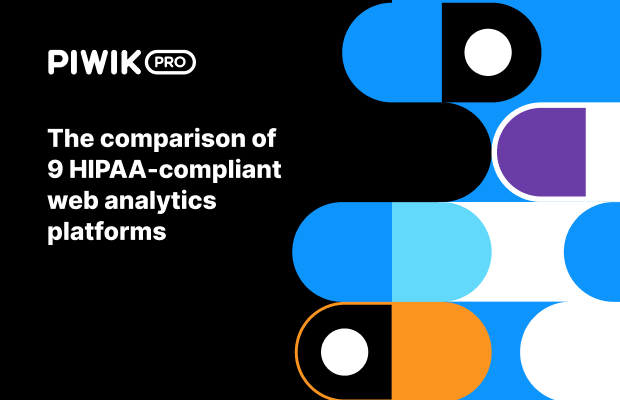User acquisition (UA) is the process of attracting new users to a website, service, platform, or app through marketing activity. Most often, it applies to mobile apps. In this context, user acquisition refers to a strategy or set of strategies focused on increasing the app’s discoverability and generating more downloads.
User acquisition activities are crucial for app growth. The more users install and use the app, the more monetization opportunities you get. More downloads also mean better visibility in the app store.
Some types of user acquisition activities include:
- Paid media marketing – Paying a third party to advertise the product. For example, displaying banner ads on sites frequented by your audience, ads or targeted posts on social media channels, paid search ads, and partnering with influencers to promote your app to an aligned audience.
- Owned media marketing – Using the company’s own resources to acquire users. For example, sending emails, SMS, QR codes, own social media pages, and rewarded user invite communications.
- App store optimization (ASO) – Optimizing the app store page’s headline, description, keywords, and other components to boost store rankings and improve the app’s discoverability.
User acquisition is also about retention. Companies should utilize retargeting and re-engagement campaigns for users who have installed the app but haven’t been active lately. The goal is to reconnect and bring them back – for example, through personalized push notifications or emails.
Further reading:









